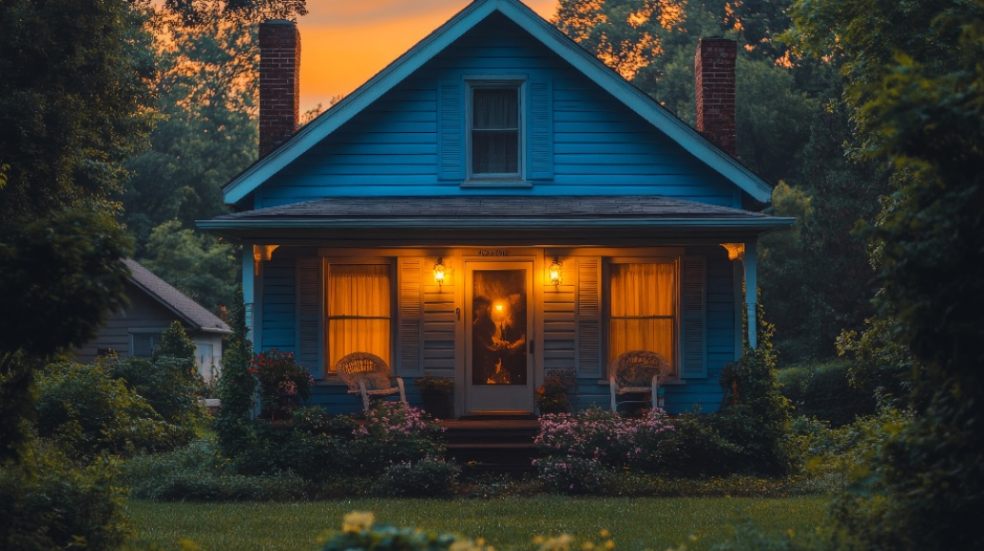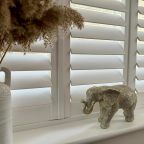
How to Keep Your Home Cool this Summer Without Breaking the Bank
Australian summers aren’t known for being shy. With temperatures soaring, it’s tempting to crank the air conditioning—but that can lead to skyrocketing power bills. Fortunately, there are smart, budget-friendly ways to keep your home cool without relying solely on energy-guzzling appliances.
Whether you’re a new homeowner or looking for ways to improve comfort in your existing space, this guide is packed with practical, energy-efficient tips that will have you chilling out without financial stress.
1. Ceiling Fans: More Than Just a Breeze
Ceiling fans are often overlooked, but they’re a champion when it comes to affordable cooling. By simply switching the direction of your fan to rotate counter-clockwise, you create a downward airflow that helps you feel cooler—even if the room temperature stays the same.
They're energy-efficient, low-cost to run, and a stylish addition in many Aussie homes. Plus, they help spread cooled air from air conditioning more evenly, meaning you don’t have to run your units as hard.
2. Enhance Insulation: Keep the Heat Where It Belongs
Insulation is one of the most underrated cooling tactics in warmer climates. A well-insulated home won’t just keep you warm in winter—it can also block out the summer heat.
Focus on roof and ceiling insulation first, as most heat enters a home through the top.In Perth, it’s not uncommon for homeowners to come across minor ceiling issues—like faint stains, hairline cracks or soft spots—while prepping their homes for the summer heat. These small signs often get sorted alongside insulation touch-ups, with many opting for quiet, timely ceiling repairs in Perth cervice to keep things cool, comfortable, and looking sharp without any major work.. It’s a subtle but smart move that makes a big difference to comfort and long-term upkeep.
3. Seal the Gaps: Don’t Let Hot Air Sneak In
Small cracks and gaps around your windows, doors, or even skirting boards can let in hot air and push cool air out. Sealing these areas with weather stripping or silicone is a quick, affordable job that boosts your cooling efficiency instantly.
Don’t forget exhaust fans and unused chimneys—these are often overlooked heat gateways in older homes.
4. Window Treatments: Style with a Purpose
Your choice of curtains, blinds, or shutters can significantly affect your home’s internal temperature. Thick, block-out curtains or reflective window films are a simple upgrade that helps reduce indoor heat dramatically.
In the hottest parts of the day, keeping your blinds drawn can lower room temperature by several degrees—no renovation required.
5. Switch to Energy-Efficient Lighting
Traditional bulbs don’t just light up a room—they heat it too. Switching to LED bulbs reduces heat output and power usage. It’s a small fix, but one that adds up quickly, especially when you’re running multiple lights in summer.
LEDs also last longer, meaning fewer trips up a ladder, especially for high ceiling fixtures.
6. Time Your Cooking Right—or Take it Outdoors
Cooking with an oven or stovetop in summer can make your kitchen feel like a furnace. Try prepping cold meals like salads or using appliances that emit less heat, such as microwaves or slow cookers.
Better yet—fire up the barbie! Outdoor cooking keeps your house cooler and adds that classic Aussie flavour to your dinner plans.
7. Ventilate When It’s Cool Out
In the early morning or late evening, when the temperature drops, throw open your windows and let the fresh air in. Creating cross-ventilation through open windows and doors helps sweep out warm, stale air and bring in cooler outdoor air.
It’s natural, free, and refreshes your home faster than you might think.
8. Maintain Cooling Devices Regularly
Whether it’s your fan, air con, or a portable cooler, maintenance matters. Clean or replace filters, dust the blades, and check vents for obstructions.
A well-maintained appliance uses less energy and performs better—meaning your home gets cooler, quicker.
9. Add Shade Where You Can
Outdoor shading options like pergolas, shade sails, or even strategically placed plants can significantly cool your home. Trees or tall bushes near west-facing windows are especially effective at reducing late afternoon heat gain.
Indoors, consider interior awnings or light-coloured window coverings that reflect rather than absorb heat.
10. Consider Reflective Roofing or Paints
Planning a roof update? Reflective roofing materials or paints can bounce the sun’s rays rather than absorbing them, keeping your home cooler. It’s a long-term investment that makes sense in sunny parts of Australia.
Combined with roof insulation, it becomes a powerful duo for climate control.
Final Thought: Comfort Without the Costs
You don’t need to gut your home or splurge on high-end upgrades to enjoy a cool, comfortable summer indoors. From adjusting fan directions to tackling sneaky insulation gaps, small changes can add up to big comfort.
And remember—sometimes it’s the things above our heads that matter most. Ceilings, gaps, and light choices all work together to shape how hot (or not) your home feels during summer.













